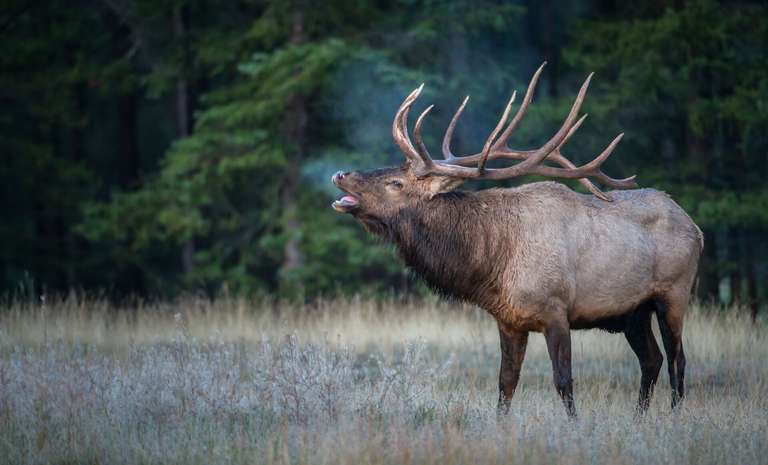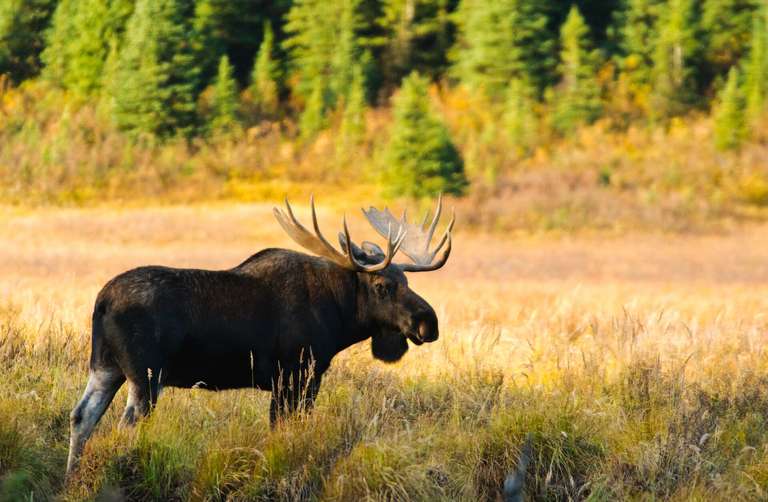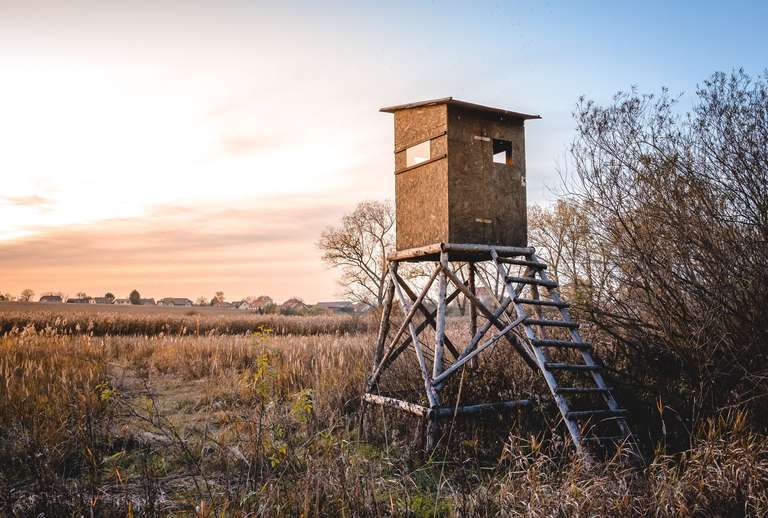Animal Identification Guide: Elk vs Moose
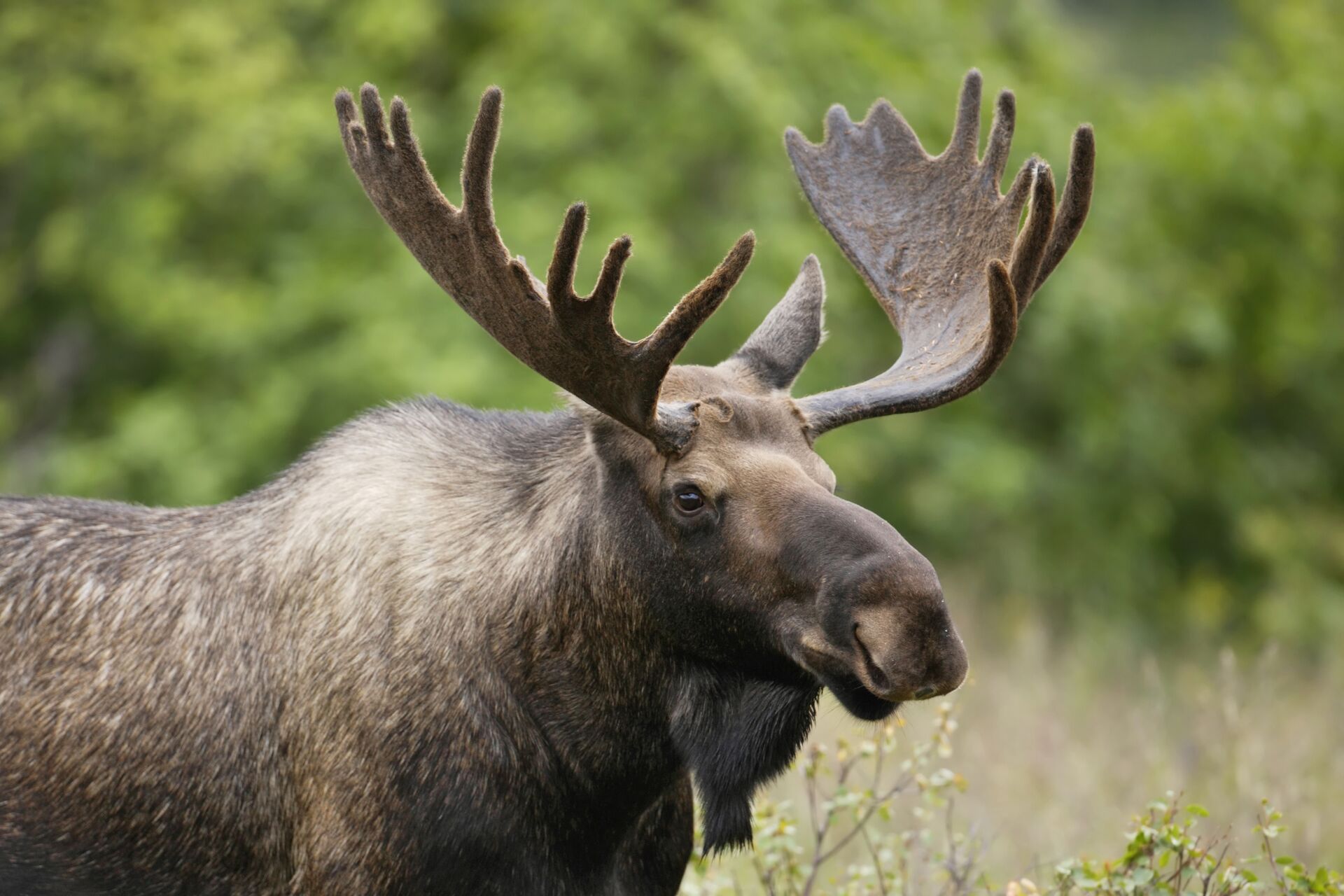
Spotting the differences between elk vs moose is simple once you know how.
Both animals are relatively common in North America, but their traits are apparent enough that hunters can quickly identify their target species using proper knowledge. Misidentifying these animals can lead to legal issues, ethical dilemmas, and mistakes in the field, so be sure to understand the main identification traits before going out.
Here's what you need to know!
Physical Characteristics
Can you tell the difference between an elk vs. a moose based on how they look? Yes, but make sure you know a few key characteristics to know which one is which.
Size and Weight
When comparing elk and moose, size is one of the most noticeable differences.
Moose are the largest members of the deer family, with bulls typically weighing between 1,200 and 1,600 pounds. They stand around 5 to 6.5 feet tall at the shoulder, making them significantly larger than elk.
Elk are smaller than moose, with bulls weighing between 700 and 1,100 pounds and standing 4 to 5 feet tall at the shoulder.
Antlers
The antlers of elk and moose are yet another distinguishing feature.
Moose have palmate antlers, which are broad, flat, and resemble paddles. These antlers tend to have smaller tines and a unique, spread-out shape.
However, elk sport more traditional "crown" antlers with long, slender tines that grow vertically and form a more uniform and symmetrical pattern. These differences in antler shape are a go-to distinctive trait for hunters in the field when identifying these animals from a distance.
Body Shape and Color
Moose have a distinctive body shape that sets them apart from elk. Their dark brown to black coloring, combined with long legs and a noticeable hump on their shoulders, gives them a more robust and bulky appearance.
Elk are lighter in color, typically brown or tan, with a darker mane than a moose. They have a more streamlined and athletic build without the pronounced shoulder hump seen in moose.
Facial Features
Facial features also help distinguish between these two species. Moose have a large, bulbous nose and a "bell" or dewlap hanging under their throat, adding to their distinct look.
Elk have slimmer faces by comparison, with a less pronounced nose and no dewlap, giving them a more "deer-like" appearance.
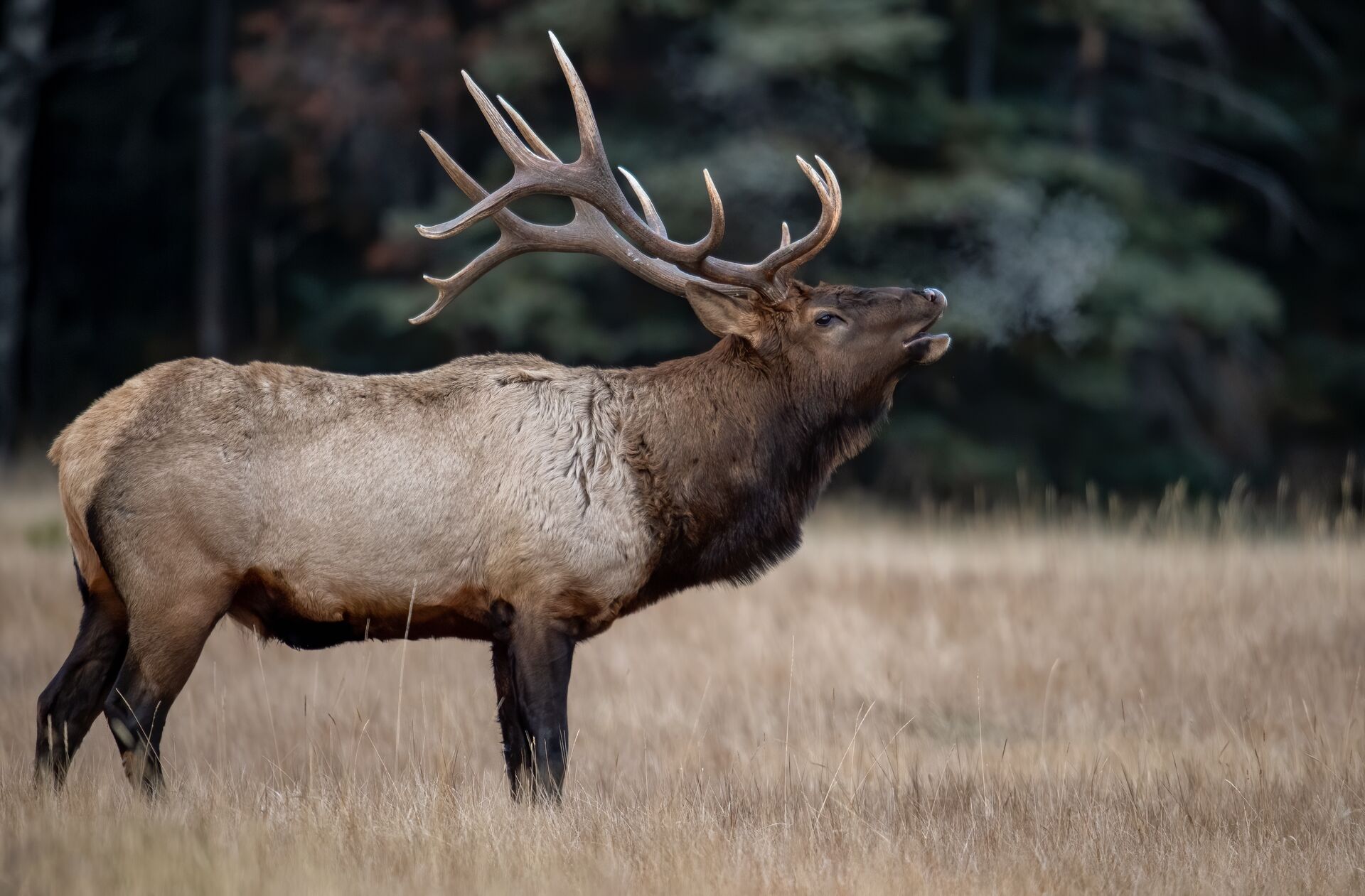
Behavior and Habitat
Aside from their looks, moose and elk have some behavioral differences that can help you determine if the animal in your sights is the one you think it is.
Habitat
The habitats elk and moose prefer differ significantly, providing another clue for hunters.
Moose frequent dense forests, wetlands, and areas near water sources. They prefer secluded, water-rich environments, unlike elk — which thrive in open hammocks, meadows, and mountainous regions.
Social Structure
The social behavior of moose and elk also presents a stark contrast.
Moose, particularly adults, are primarily solitary animals. They prefer to navigate their environments alone, especially outside of the mating season. This solitary nature means that hunters are less likely to encounter groups of moose.
However, elk are much more social creatures. They are herd animals, especially during the rutting season. These herds can range in size from small groups to large gatherings, making elk more visible and easier to spot at a distance.
Movement Patterns
Moose and elk also differ significantly in their movement patterns.
Moose tend to move slowly and deliberately due to their large size and the dense, forested habitats they often inhabit. Their movements are more deliberate and less likely to cover large distances quickly.
In contrast, elk are widely known for their agility and speed. They are built for swift movement across the open meadows and mountainous regions they frequent. Their ability to cover ground quickly and navigate various terrains makes them more challenging to track and allows them to escape predators easily.
Vocalizations
Another clearly distinguishing factor between elk vs moose is how they vocalize, particularly during the mating season. Moose are known for deep grunts and moans, often heard during the rut. These sounds are low-pitched and resonate through the dense forests where moose are typically found.
Elk have a more high-pitched "bugle" — unmistakable during the rut. This bugle, often accompanied by barks and chirps, is a signature elk sound and can be heard over long distances, especially in open meadows and mountainous regions.
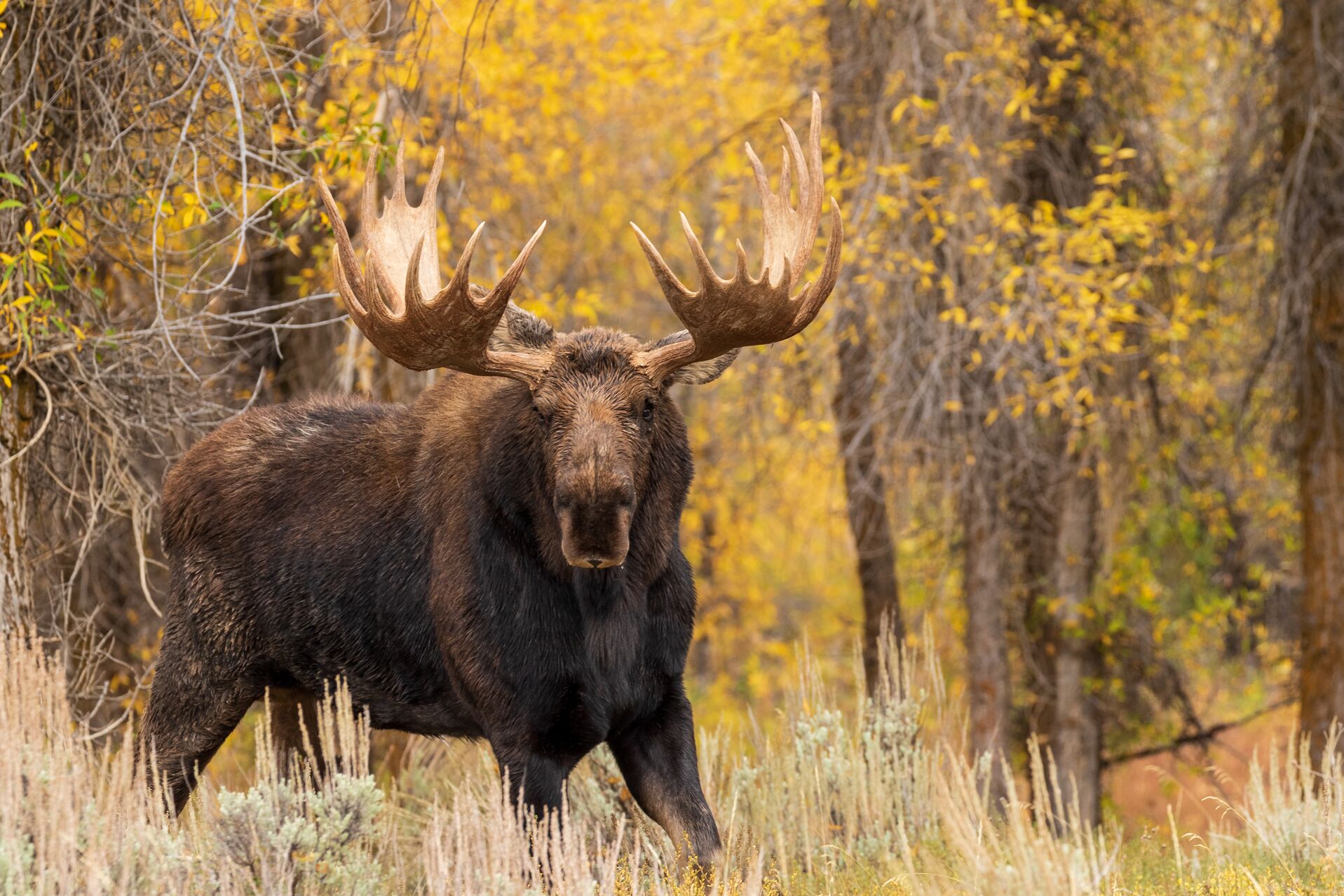
Tracks and Scat: Elk vs Moose
What else can help you determine if you're tracking a moose vs. elk? Signs on the ground can be a significant indicator of what you're following.
Tracks
Identifying tracks is a critical skill for hunters. Learning the differences between elk and moose tracks can prevent misidentification in the field.
Moose tracks are large and heart-shaped, with a wide gap between the toes. They are significantly larger than elk tracks, which are more elongated and have a closer toe spacing.
Learning these subtle differences can be the key to correctly identifying which species has passed through an area.
Scat
Scat is another important indicator of animal presence.
Moose scat consists of large, cylindrical droppings often found in clumps. However, elk scat is smaller, with oval-shaped pellets usually found in scattered piles.
Regional Differences
Both elk and moose range across North America and their ranges overlap in certain regions.
Moose are primarily found in the northern and western parts of the continent. They love areas with dense vegetation and water sources.
Elk are found in the West but are more widely distributed across North America, particularly in open forests and mountainous regions.
In areas where their habitats overlap, hunters must be ready to identify these species to avoid legal concerns.
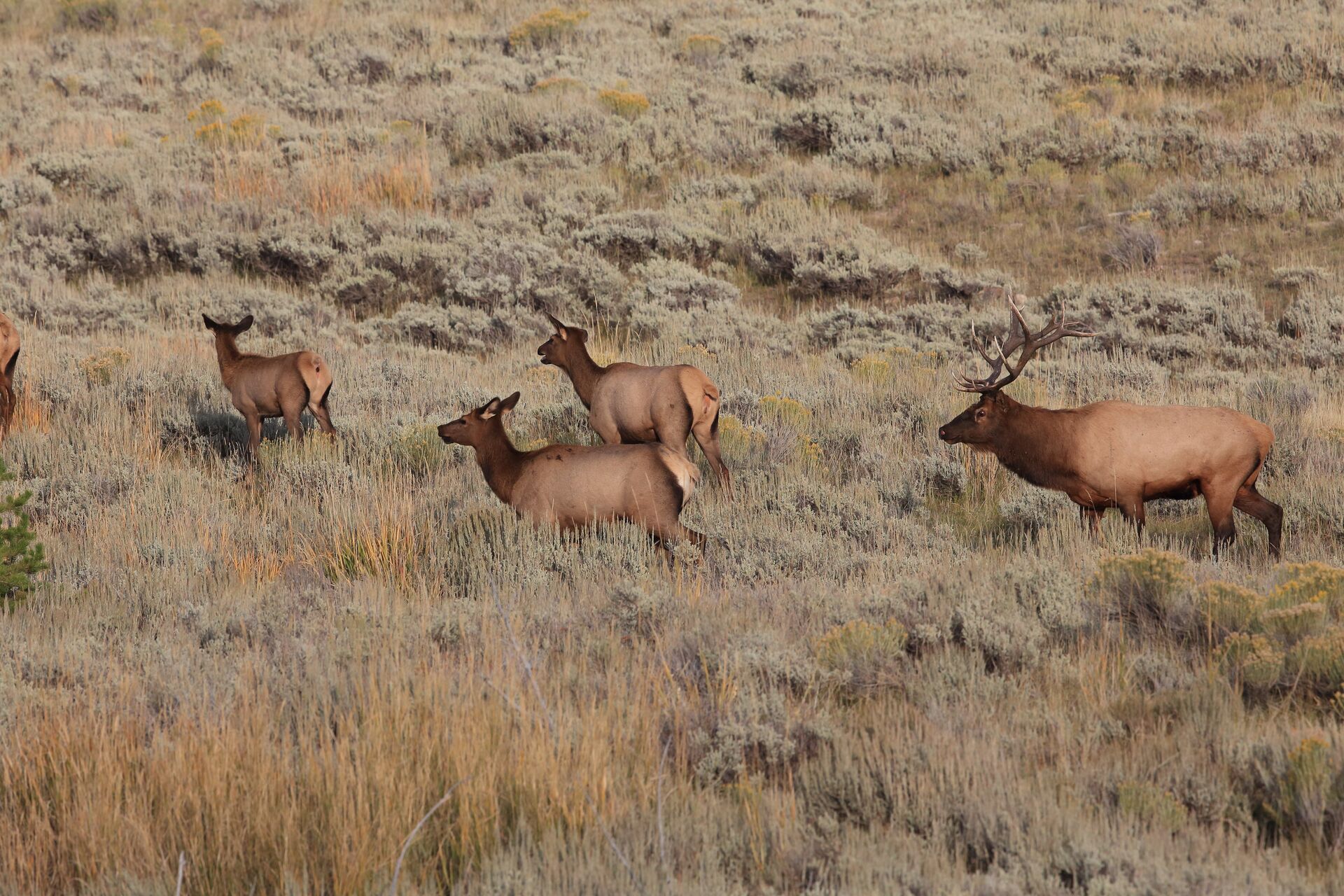
Conservation and Legal Considerations
Understanding and respecting local regulations is a core part of being an ethical hunter. Each region has specific hunting seasons, tags, and rules designed to manage wildlife populations sustainably.
Misidentifying a species undermines conservation efforts and hurts the reputation of hunting as a sport. It can also result in legal penalties.
All hunters must be well-informed about their hunting species and the legal frameworks that protect these animals.
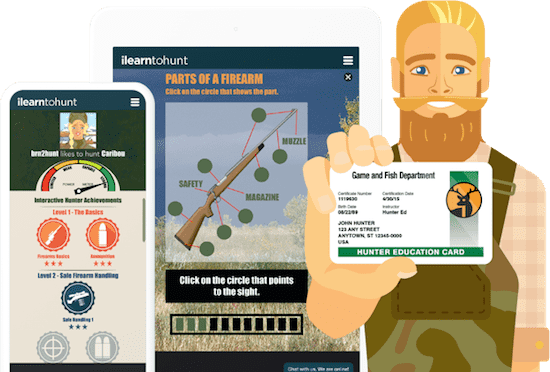
Learn More About Hunting Essentials with a Hunter Education Course
Correctly identifying elk vs moose is relatively easy, but knowing what to look for in overlapping habitats is crucial. Hunters should use the preseason to glass the animals from a safe distance to learn the key differences. Know their body types and be ready to quickly spot the differences in their antler shapes.
In addition to knowing how to correctly identify the animal you're hunting, a hunter safety course through ilearntohunt is the fastest way to build your skills and learn critical techniques for species identification, shooting skills, hunter safety, and more! Plus, after completing an online ilearntohunt course, you've met the hunter education requirements to get a hunting license for elk, moose, deer, or another game species you love to hunt.
So, as you prepare for an elk or moose hunt this season, choose the course for your state and get your hunter education certification!

